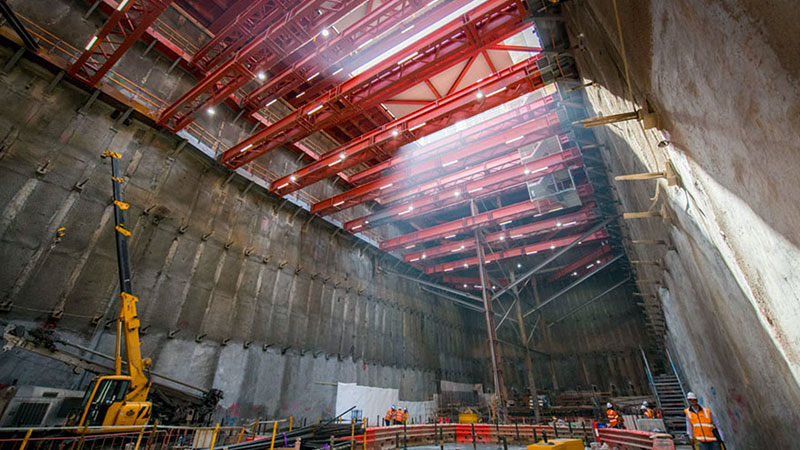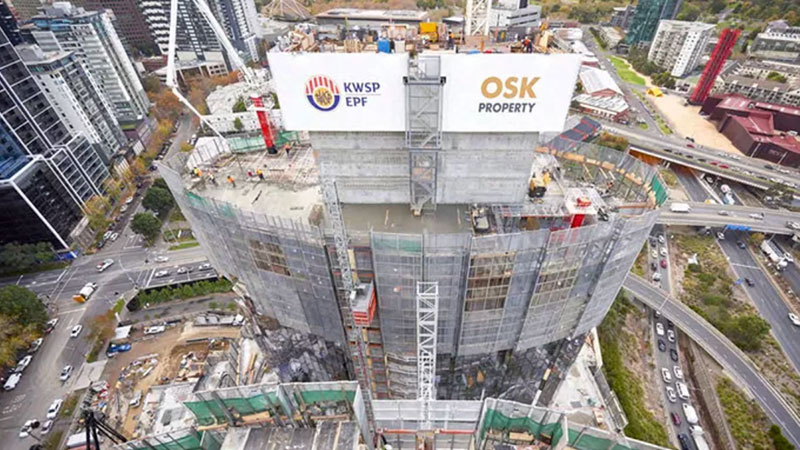New government stimulus measures to kick-start building activity have been called for, as the construction sector continues to navigate complexities amid the coronavirus pandemic.
While projects that commenced prior to the onset of Covid-19 are providing short term work, Master Builders chief executive Denita Wawn said that new orders had “fallen off a cliff” for the majority of its 32,000 members.
“The home building sector is being hit particularly hard,” Wawn said.
“Confusion about how domestic building activity fits in with government safety rules, combined with job losses and business closures is having a devastating impact on demand for new residential building activity.”
Wawn added that Australia's commercial and civil construction contractors also required a forward pipeline of work.
In a bid to keep the construction industry open during Covid-19, Master Builders and the CFMEU forged a rare alliance last month.
The pair called on both federal and state governments to announce that it would not pursue liquidated damages in contracts due to impacts of Covid-19, signalling that private clients follow.
Quantity surveying firm Slattery calculated that covid-19 could cost government and developers up to $900 million to $1.5 billion a month in delay costs, or contractors between $1 billion to $2 billion per month in liquidated damages.
Liquidated damages clauses incentivise each party to complete their obligations under the contract time period, with construction delays one of the most common disputes on projects.
Related: Melbourne Metro Tunnel: Everything You Need To Know

Earlier this year projects were affected by supply issues from China, but Slattery says this no longer appears to be a major problem.
“However, issues are emerging with supply from Europe, particularly for facades and lifts,” Slattery managing director Sarah Slattery said.
“Another common concern is the potential for material hold-ups on arrival if Australian wharves strike or are shutdown,” Slattery said.
“One positive to come from this uncertainty however is that we are hearing contractors are sourcing more than ever from local suppliers.”
While the private sector is showing signs of slowing with several residential projects going on hold, Slattery said that state government and local council work is on the rise.
Australia’s total construction building forecast for this financial year is approximately $100 billion, according to Slattery figures, while the total infrastructure forecast is $65 billion.
Related: Property Developers Reluctant To Push Ahead With New Projects

For the construction industry, BDO Australia says early estimates suggest the impact of GDP from Covid-19 could see construction take a medium hit, or –35 per cent of the economy.
BDO's national construction partner Andres Reith described the current climate of Australia’s construction industry as “marred”.
“Not only by the inherent economic concerns of corporate collapse due to Covid-19, but also health concerns,” Reith said.
“It has also created some anxiety in the workforce, emphasising the need to refocus on mental health and wellbeing, as health fears climb.
“While the long-term effects are still unclear, day-by-day businesses are facing new ways of working and overcoming issues of decreased productivity. ”
Reith said that findings show there are three key areas where construction owners and operators are improving; in the areas of technology – through remote access to work, workforce planning – through remote supervising, and the rotation of construction teams; and physical office spaces - as more people work from home and companies begin to rethink the requirement for significant office space.















